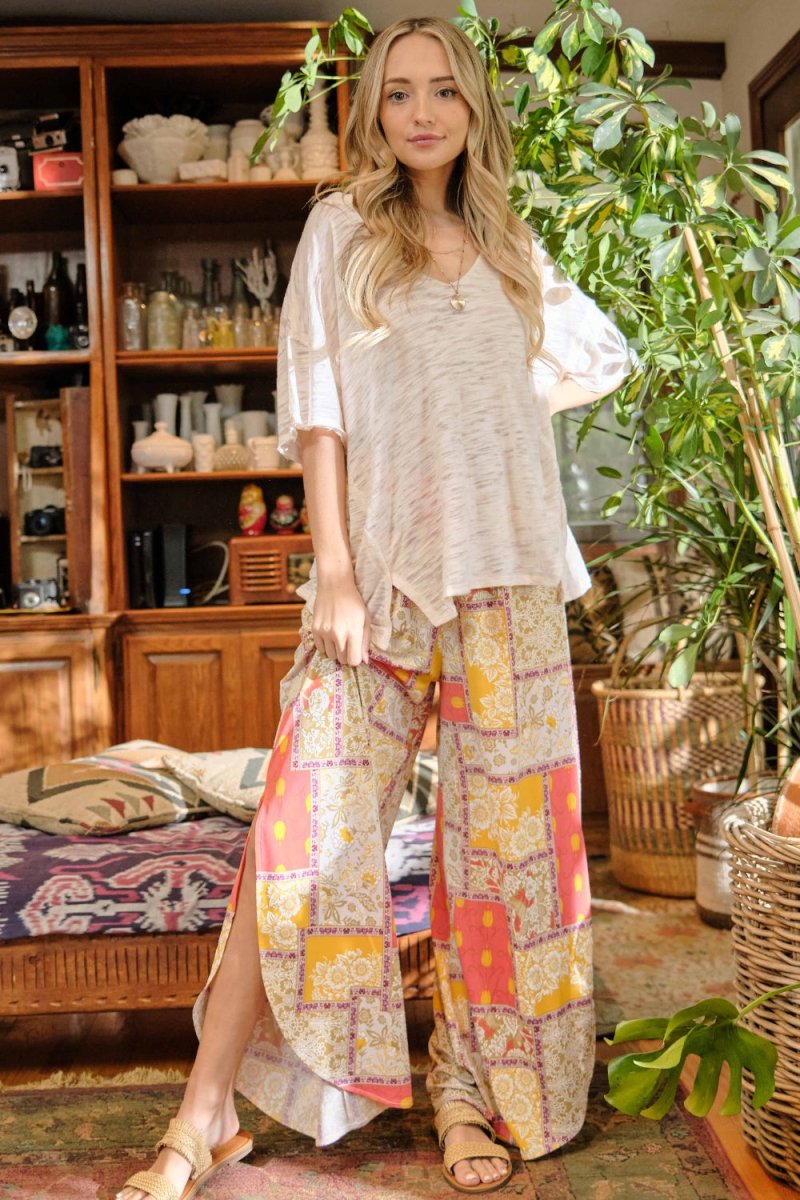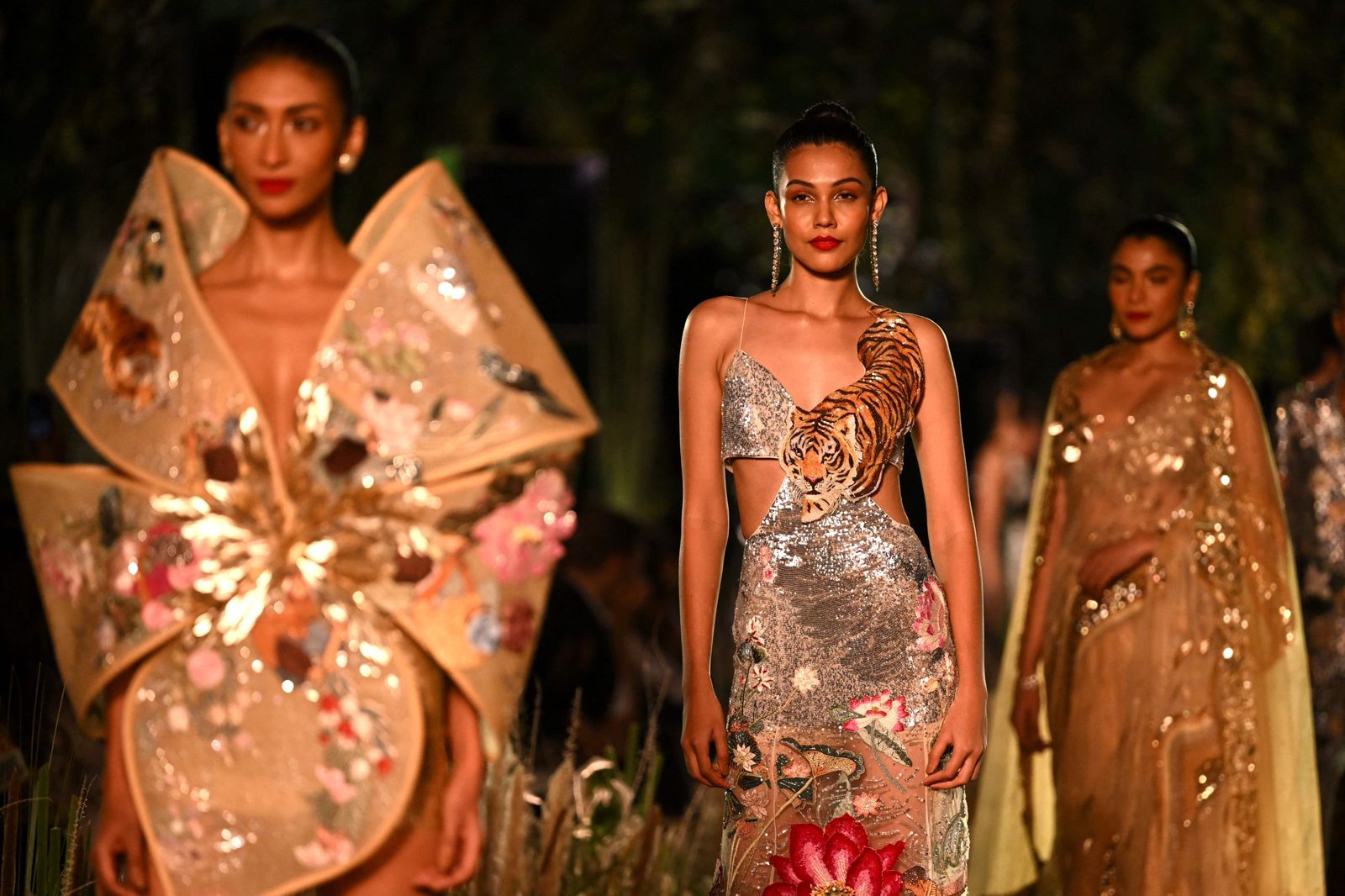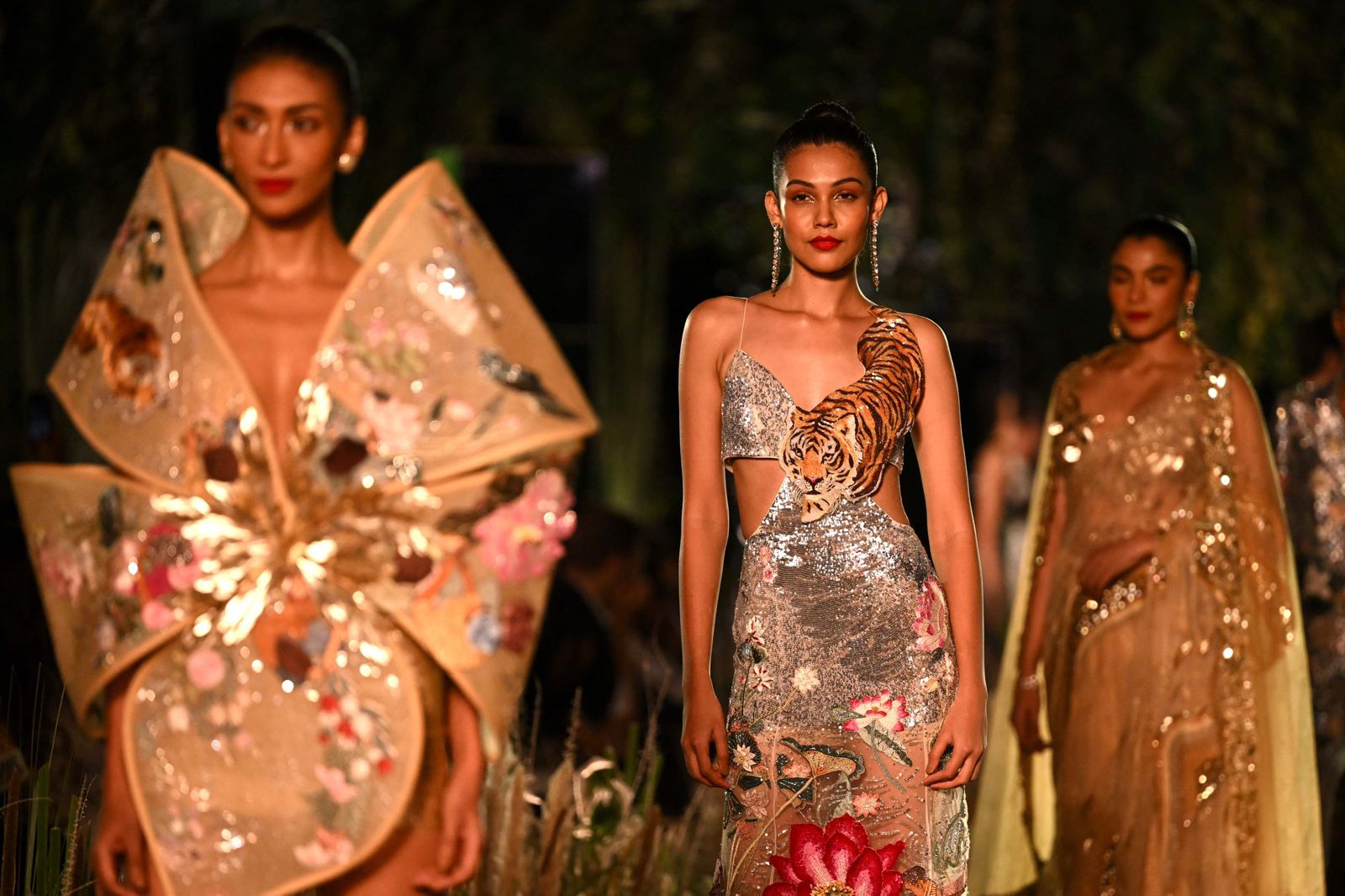The future of fashion is being shaped in India, where heritage meets innovation. As sustainability becomes central to global design, a new generation of Indian designers is transforming how fabrics are created and used.
In 2025, sustainable fashion is about rethinking materials from their source — exploring botanical dyes, regenerative fibers, and biodegradable textiles. Designers like Rahul Mishra, Rina Singh, Anita Dongre, Gaurang Shah, and Abraham & Thakore are blending traditional craftsmanship with modern eco-conscious innovation.
Their work proves that sustainability and luxury can coexist, inspiring a global shift toward fashion that respects both people and the planet.
Anita Dongre – Champion of Eco-Friendly Fabrics & Regenerative Textiles
One of India’s most influential designers, Anita Dongre has long been a pioneer in sustainable luxury. Through her label and her Grassroot initiative, she focuses on eco-friendly, handwoven, and organic fabrics created in collaboration with rural artisans.
-
She uses organic cotton, handloom khadi, and Tencel™ Lyocell — fabrics that are biodegradable and require significantly less water and energy.
-
Dongre is also part of global conversations on sustainable supply chains and partners with NGOs to promote regenerative agriculture, helping cotton farmers transition to more sustainable practices.
Her work showcases how ancient Indian weaving traditions can meet modern sustainability standards.

Image Source - Anita Dongre
Rina Singh (Eka) – Botanical Dyes & Natural Fibers
Designer Rina Singh, founder of Eka, is celebrated for her minimalist aesthetic and deep commitment to sustainability. Her collections frequently feature:
-
Handspun khadi and handloom textiles sourced from rural cooperatives.
-
Natural dye processes using plant-based pigments that reduce chemical runoff and environmental damage.
-
Regenerative fabric innovations like handwoven linen blends and organic cotton.
Singh’s philosophy is to design with longevity and biodegradability in mind, creating garments that age gracefully and return to the earth at the end of their life cycle.

Image Source - Rina Singh (Eka)
Rahul Mishra – Slow Couture & Zero-Waste Craftsmanship
Rahul Mishra, the first Indian designer invited to Paris Haute Couture Week, is globally recognized for championing slow fashion and sustainable fabrics. While his couture pieces are highly intricate, they are grounded in sustainability principles:
-
Use of handwoven chanderi, khadi, and merino wool sourced from artisanal clusters.
-
Emphasis on zero-waste embroidery techniques and textiles dyed with low-impact natural pigments.
-
Commitment to local ecosystems — supporting traditional weaving communities and keeping the carbon footprint of his production low.
Mishra often speaks about fashion that “lives beyond seasons” — a philosophy deeply tied to both fabric innovation and sustainability.

Image Source - Rahul Mishra
Abraham & Thakore – Reimagining Traditional Textiles with Technology
The iconic duo David Abraham and Rakesh Thakore have been leaders in reinventing Indian textiles with a sustainable and innovative edge. Their approach combines handwoven materials like silk and cotton with modern weaving technologies to create fabrics that are durable, low-impact, and biodegradable.
-
They have experimented with recycled yarns, natural resist-dyeing, and minimal-water weaving techniques.
-
Their collections often repurpose surplus textiles into new garments — an early form of upcycling in luxury fashion.

Image Source - Abraham & Thakore
Gaurang Shah – Revival of Handloom Heritage as Sustainable Innovation
Gaurang Shah is renowned for reviving India’s rich handloom heritage, particularly jamdani and khadi weaving, and presenting them in a contemporary global context. His innovation lies in:
-
Using pure natural fibers and chemical-free dyeing processes.
-
Creating high-fashion collections that are entirely biodegradable and handmade, with zero industrial waste.
-
Working directly with weaver communities, thereby sustaining traditional fabric-making techniques that are inherently eco-friendly.

Image Source - Gaurang Shah
Why These Designers Matter
What sets these Indian designers apart is that their innovation is deeply rooted in heritage and craft — yet forward-looking. While global brands explore lab-grown fibers and biotech materials, Indian designers are proving that traditional textiles, when reimagined thoughtfully, are among the most sustainable fabrics on Earth.
Their work also plays a crucial role in sustaining rural economies, reducing carbon footprints, and redefining luxury as something that’s not just beautiful — but also responsible, ethical, and regenerative.
Final Thought
India’s design community is bridging the gap between ancient wisdom and future-forward innovation. From botanical dyes and regenerative cotton to zero-waste couture and eco-fiber experimentation, these designers are shaping a new narrative — one where fashion is not just about aesthetics but about impact, purpose, and longevity.











